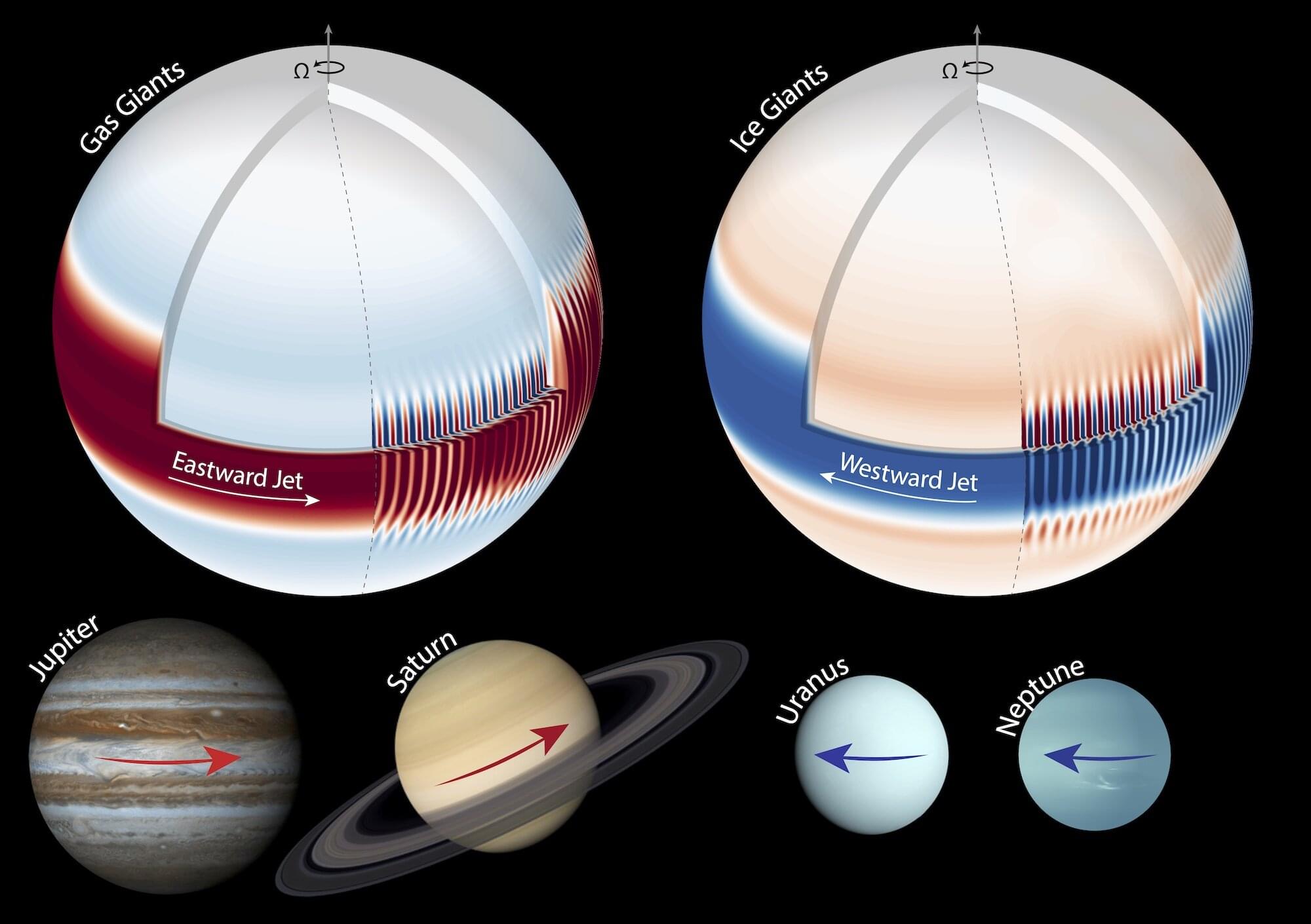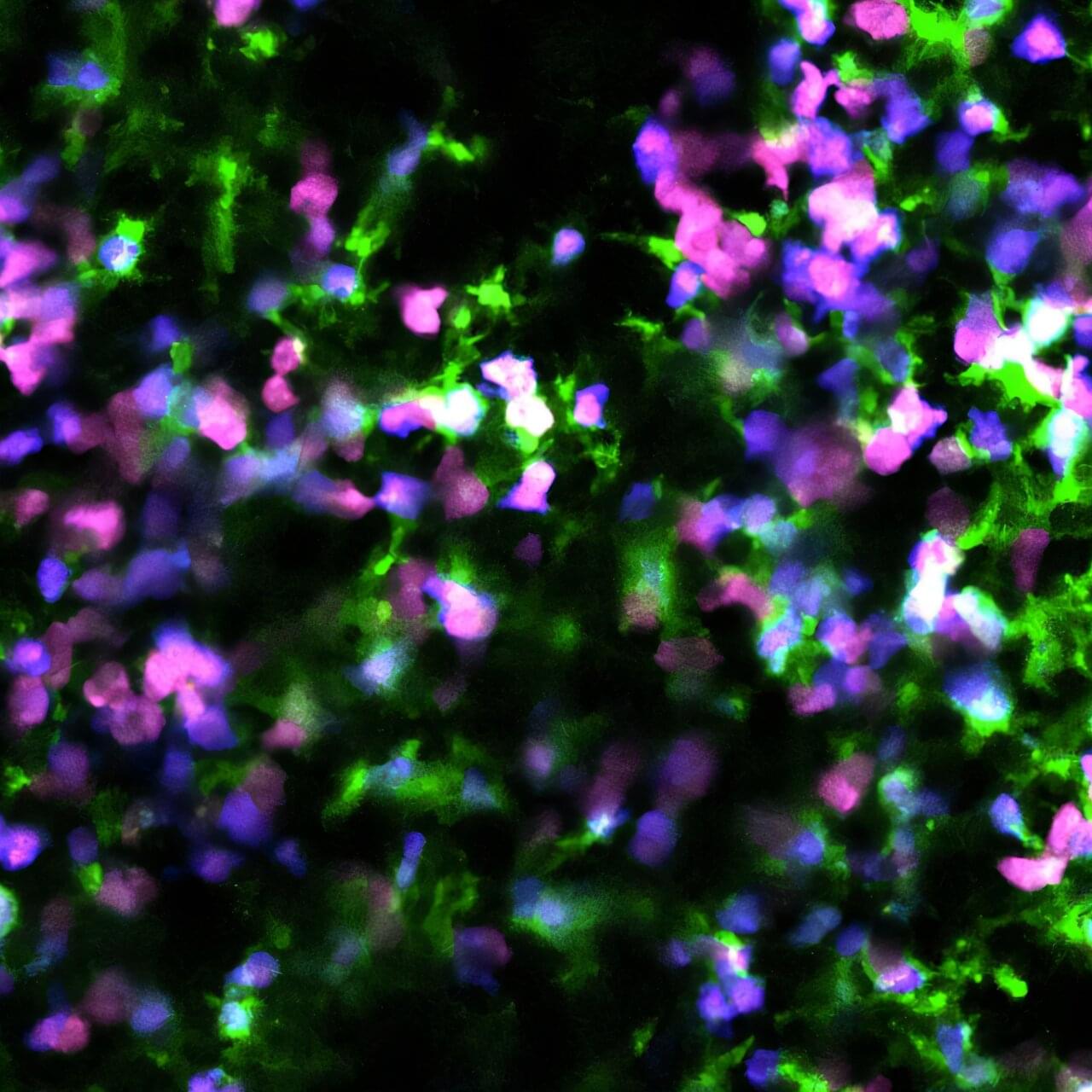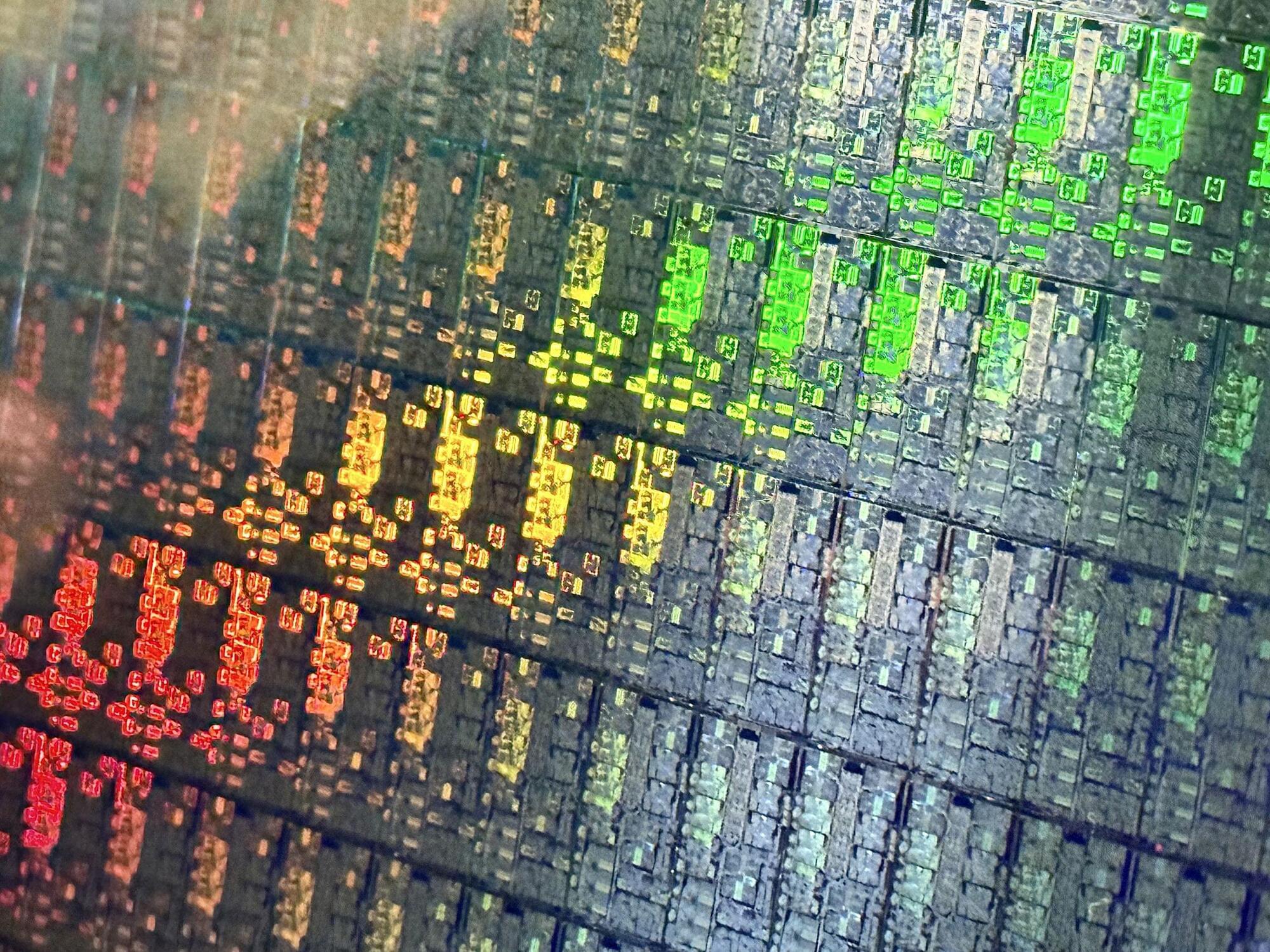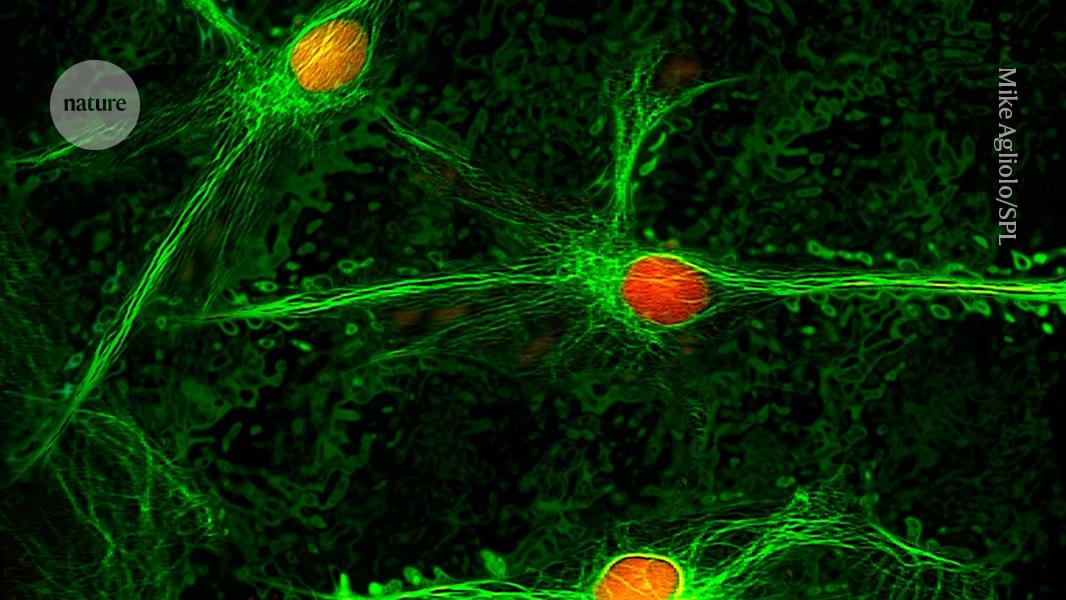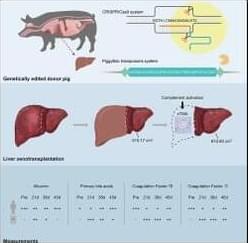The international team of researchers conducted their experiments at European XFEL, the world’s largest X-ray laser, and DESY’s high energy photon source Petra III. Ice XXI is structurally distinct from all previously observed phases of ice. It forms when water is rapidly compressed to supercompressed water at room temperature and is metastable, meaning it can exist for some time even though another form of ice would be more stable at those conditions. The discovery offers important insights into how high-pressure ice forms.
Water or H2O, despite being composed of just two elements, exhibits remarkable complexity in its solid state. The majority of the phases are observed at high pressures and low temperatures. The team has learned more about how the different ice phases form and change with pressure.
“Rapid compression of water allows it to remain liquid up to higher pressures, where it should have already crystallized to ice VI,” KRISS scientist Geun Woo Lee explains. Ice VI is an especially intriguing phase, thought to be present in the interior of icy moons such as Titan and Ganymede. Its highly distorted structure may allow complex transition pathways that lead to metastable ice phases.
